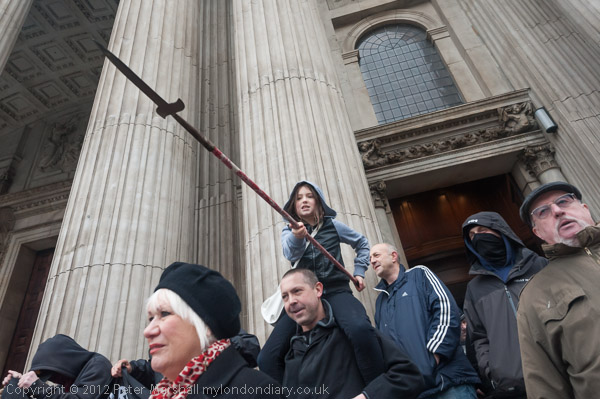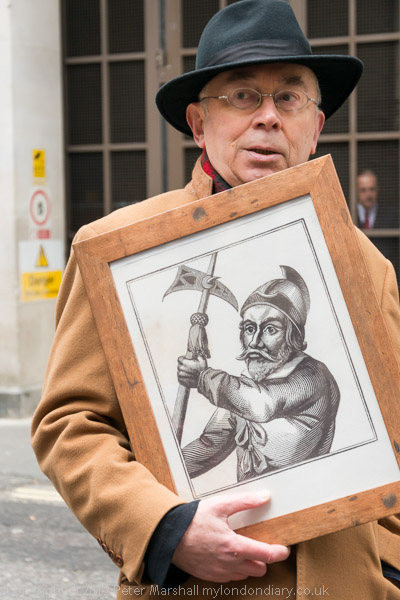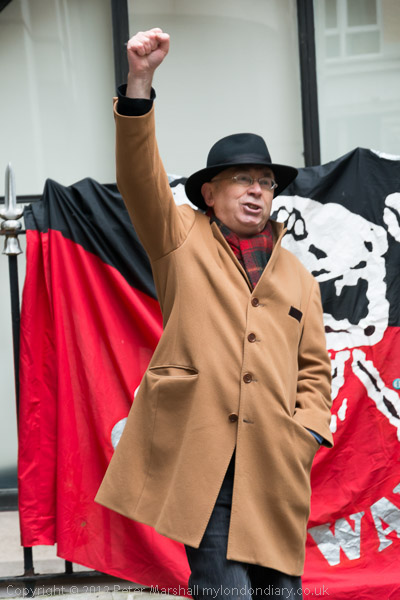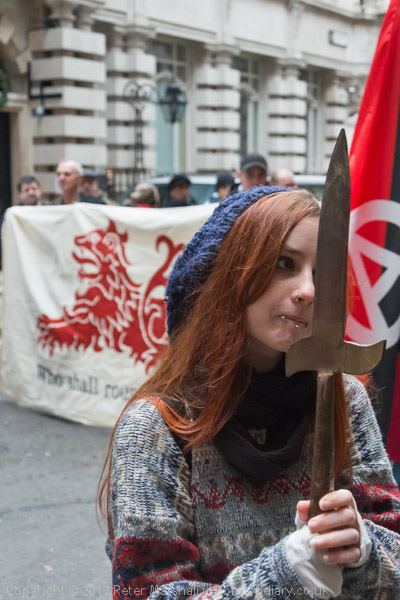Yorkshire Interlude – Hornsea: On Saturday 12th July 2008 when we were staying for a few days in Hull with an old friend we took a bus to the Yorkshire coast at Hornsea for the day.
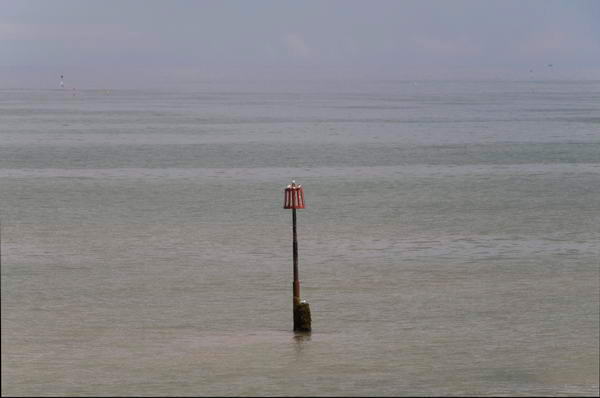
I’d first visited Hornsea, a small coastal resort, back in 1965 when I made my first visit to the Hull home of my future parents-in-law, but my wife’s memories of it go back further.
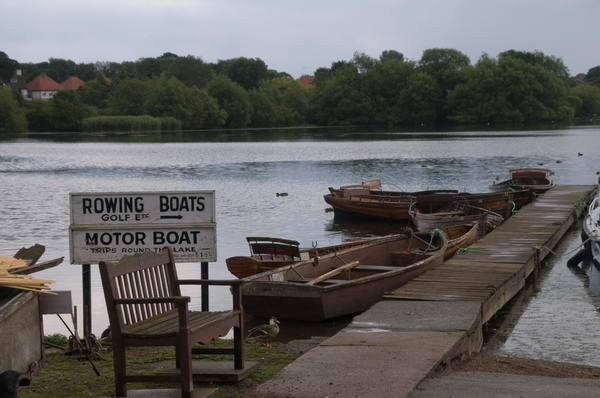
Until Beeching swung his axe there were trains from Hull to two seaside towns, Hornsea and Withernsea which stopped at her local station, Botanic Gardens, a quarter of an hour’s walk from her home. People would often go to them for an outing, for a day or even an evening, and many who lived in these towns would commute to work in Hull.
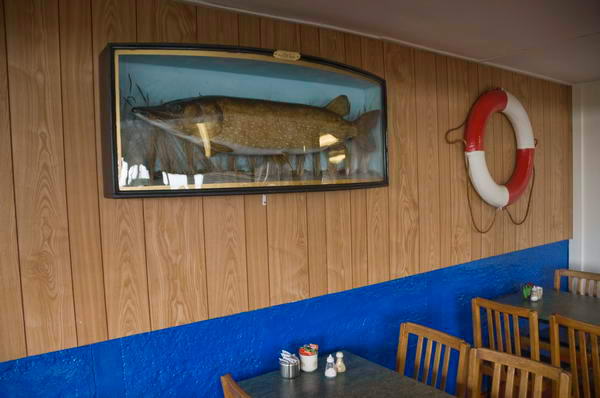
My wife’s family took their annual holiday most years with a week in Hornsea, staying in a cottage that one of her great-aunts had bought for £25 after it had been condemned for demolition in the near future. I think it was more than 25 years later that it actually came down – and the site is now just a small garden on the main street, a few minutes walk from the seafront.
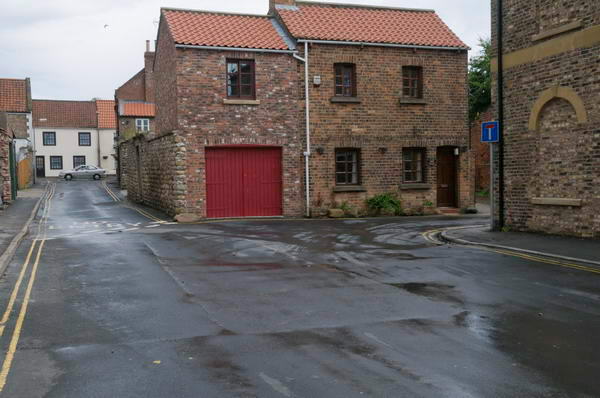
Most times when we go to Hull now – not as often as we used to as most of those we knew there are now dead or have moved away – we take a bus to Hornsea. What used to be around 40 minutes on the train now takes around twice as long on the buses, though at least it is now free for those of us with bus passes. And the old railway line is now part of a long-distance footpath. Perhaps we will visit again this summer.
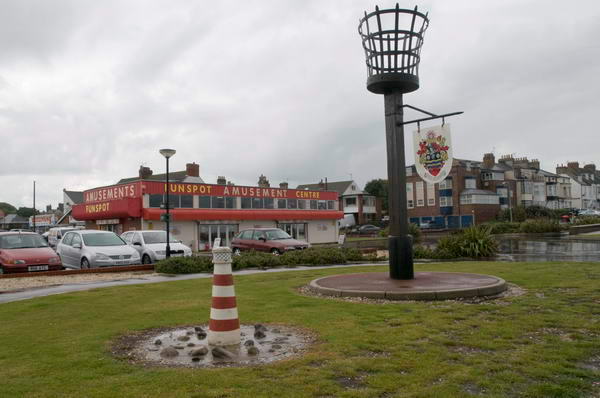
We’ve also stayed there, in a holiday cottage in the town centre and a couple of times for a few days at a hotel on the seafront there, where we’ve enjoyed some remarkable sunrises over the wide expanse of the North Sea – as well as some battering storms.
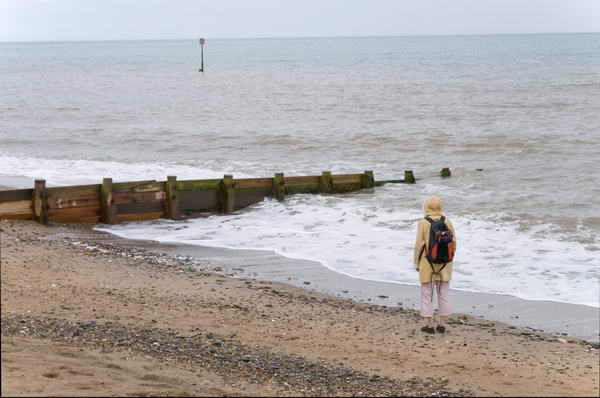
But in 2008 we were staying in one of the finest houses in Hull, West Garth, (more here) then owned by an old friend – an ‘Arts & Crafts’ house which gets a short mention in the guide to Hull’s architecture. It had been one of our friend’s childhood homes and after some years of retirement he bought the property. Various ‘improvements’ had been made which meant it had been denied listing and he spent considerable time and money in restoring it to its original state but sadly died before he completed the job.
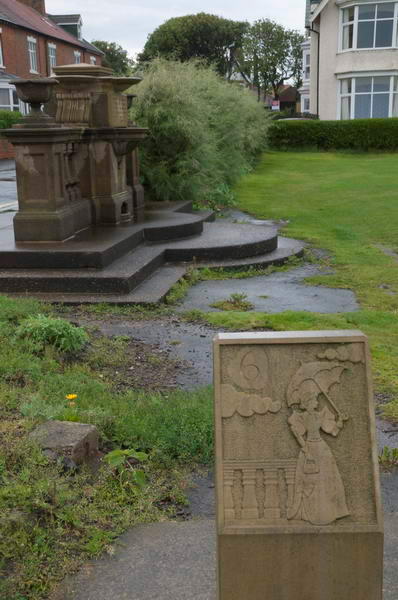
The weather wasn’t too good, with some heavy showers, but this did mean that we had the town almost to ourselves, as most of those who would normally have come for a day out at the seaside in July stayed home.

We visited Hornsea Mere, a large freshwater lake at the centre of the town, and a shower gave us a good reason to go into its café before we walked down to the seafront. The sea looked cold and uninviting and for once Linda didn’t paddle.

Then along to another café at the Floral Hall where the sun came out briefly after we had taken shelter there and on the the large park, Hall Garth before it was time to get the bus back into Hull.

This time we took the slower route back via Beverley, getting off in Hull on Beverley Road where I took a picture of Bethnal Green, here just a short terrace of houses, before returning to our friends house to cook dinner.

Despite the weather we had enjoyed a good day.

But it wasn’t a good day to have afternoon tea on the south-facing loggia. You can see many more pictures and some captions from our day at Hornsea on My London Diary.
Flickr – Facebook – My London Diary – Hull Photos – Lea Valley – Paris
London’s Industrial Heritage – London Photos
All photographs on this page are copyright © Peter Marshall.
Contact me to buy prints or licence to reproduce.
